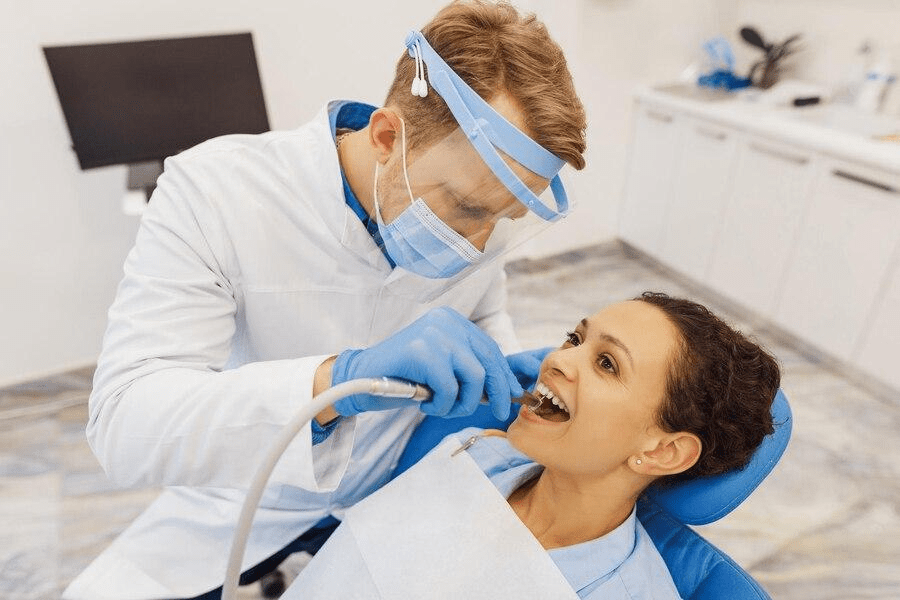Primary cell culture play a major role in the new age advanced 2D and 3D culture model systems as they have a wide range of applications in biomedical and clinical research domains. Primary Cells provide close to native environment biochemical cell functioning in cell culture media and thus enhance research efficacy as compared to continuous cell lines in 2D culture in vitro. Although primary cell cultures are sought by several researchers nowadays, maintaining primary cell cultures are not quite easy due to their high chances of contamination and viability loss.
We at Kosheeka, therefore enlist some quick tips to break the myths on how to approach primary cell culture correctly.

- Assumption: Primary cells are 100% pure in cultures.
Correction: It is rare to have a 100% pure primary cell population in cultures as chances of mixed cultures are there. It is thus very crucial to observe the morphology of the cells in the flask for understanding any anomaly.
- Assumption: It is good to grow primary cells until 100% confluent.
Correction: Growing primary cells up to 100% confluence will result in loss of viability. Subculturing of the primary cells should be done when they are 80-90% confluent.
- Assumption: Thawing a vial of primary cells should be done for an extended period of time.
Correction: As primary cells are very sensitive, minimal time should be taken for thawing. The vial of primary cells should be placed at 37?C water bath and rotated gently for a small-time until the contents are just thawed and then immediately transferred to the tube containing media for centrifugation. One should ensure that centrifuge tubes are ready before thawing to avoid any delay.
- Assumption: For suspending primary cells in media, one needs to be pipette vigorously for proper single-cell suspension.
Correction: Primary cells are very sensitive and if not gently handled, will get damaged, thus leading to loss of viability.
- Assumption: Over-trypsinization ensures proper detachment of primary cells when subculturing.
Correction: During passaging or subculturing of primary cells, low trypsin concentrations are recommended to ensure no damage is caused to the primary cells. It is recommended to immediately observe the Stem Cells after trypsinization to warranty the good conditions of the cells.
- Assumption: Primary cells can easily be frozen and thawed for regular use.
Correction: The process of re-freezing the primary cells is not recommended as cycles of freezing and thawing lead to loss of viability and morphology/physiology as primary cells are extremely sensitive. In the first subculturing, freezing of primary cells in many batches should be practiced as researchers can come back to early passages in case of any contamination during the maintenance of the primary cells in their lab.
- Assumption: Subculturing of primary cells can be done indefinitely.
Correction: As compared to continuous cell lines, primary cells have limited proliferation capacity and is only recommended for a few passages. Lower passages of primary cells retain the native cell physiology and morphology but start altering phenotypically and genotypically with higher passage numbers.
Besides these quick tips for approaching primary cell culture, let us also understand some tricks that our experts at Kosheeka follow for efficient cell culture practices.
Procuring cryopreserved cells
Upon procuring cryopreserved primary cells, it is recommended to immediately transfer them from the dry ice shipping container to a Liq. nitrogen storage canister as the process of cell storage at -80?C can cause irreversible damage to the cells.
Thawing of primary cells
Always remember not to thaw the cells for too long and the cryovial thawing should not be at the desk under room temperature. Thawing should be done gently in a 37?C water bath till some portion is still frozen and suspend the thawed suspension in culture media for centrifugation in order to remove DMSO. It is strongly advised not to centrifuge the vial just after thawing, without diluting the suspension using media, as it can damage more cells.
Media change after seeding of primary cells
After thawing and seeding of the frozen cells, media change should be done after 24 hours or overnight so that dead cells and residual DMSO can be removed. After the first media change, every 48 hours interval is fine for changing the media till it is time to subculture for the next passage!
When working in labs with?primary cell culture, researchers should keep these tips in mind as primary cells are not as robust as cell lines and maintenance of primary cell culture requires good research handling. If your lab is working with primary cells and you are looking for the best quality of tissue-specific or species-specific primary cells to enhance your research efficacy and reproducibility then contact us with your inquiries.










